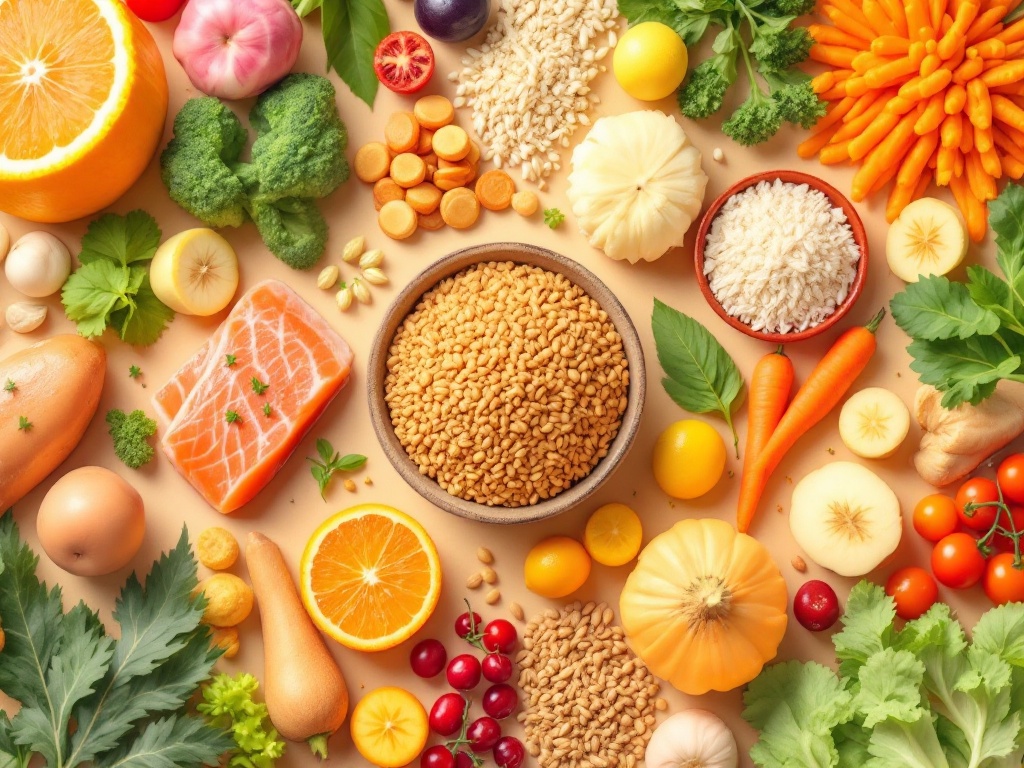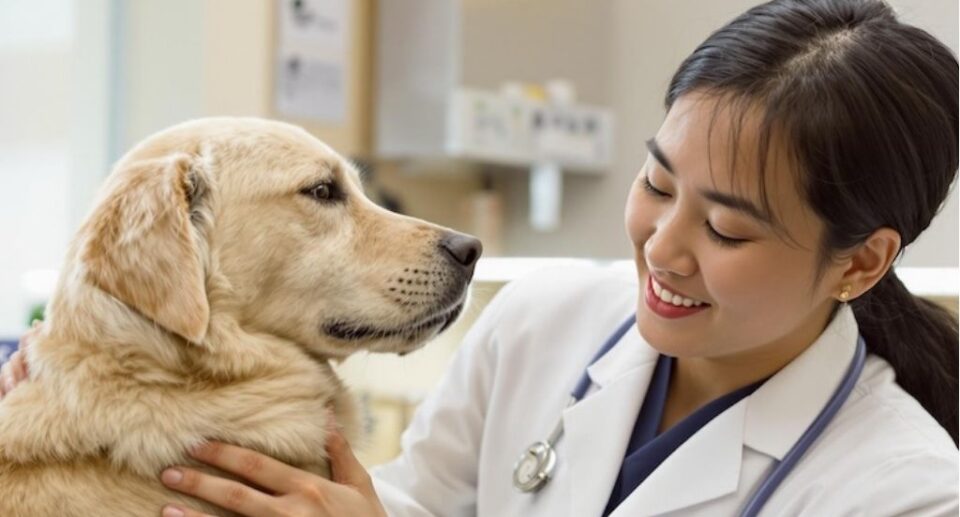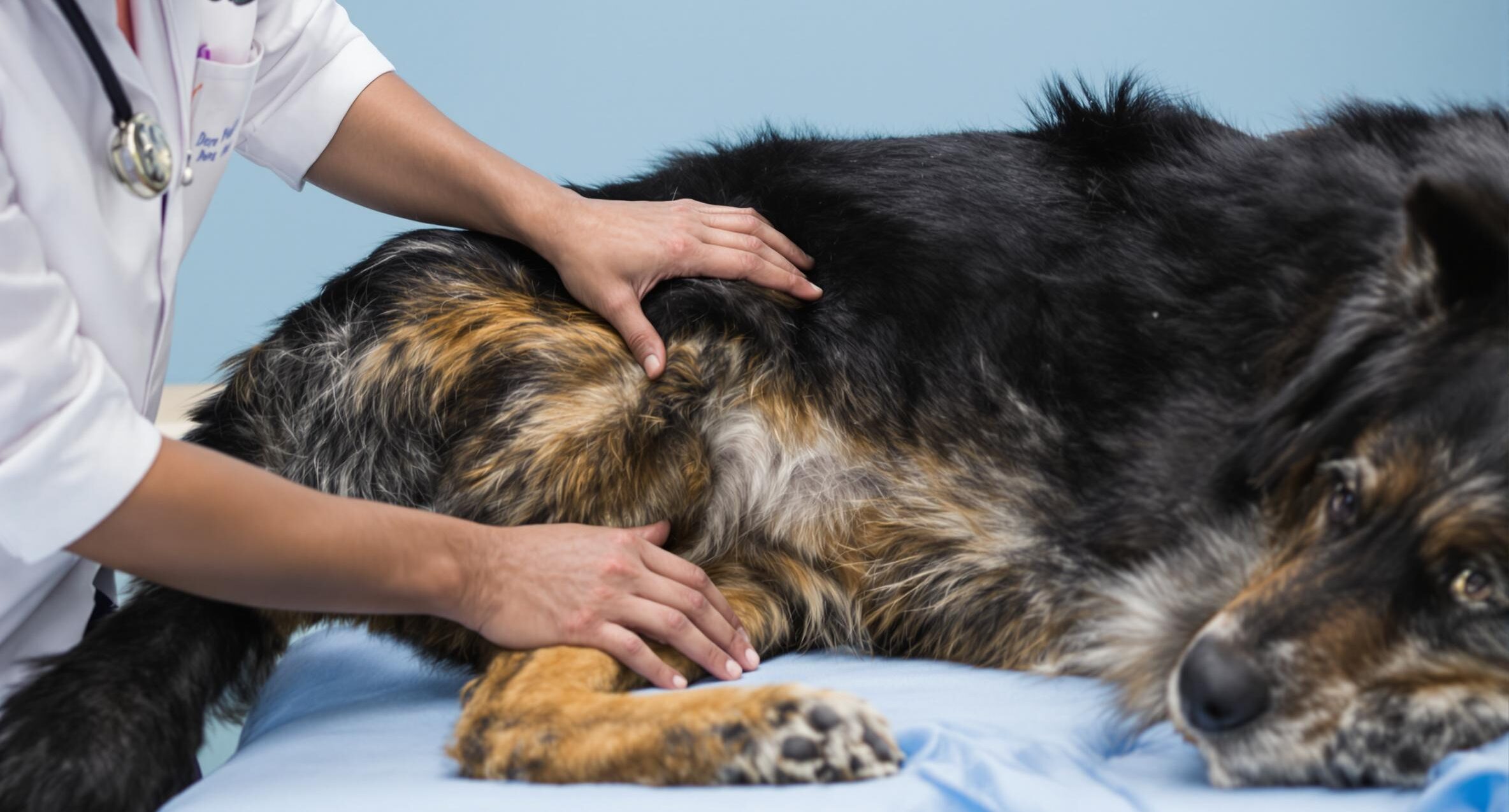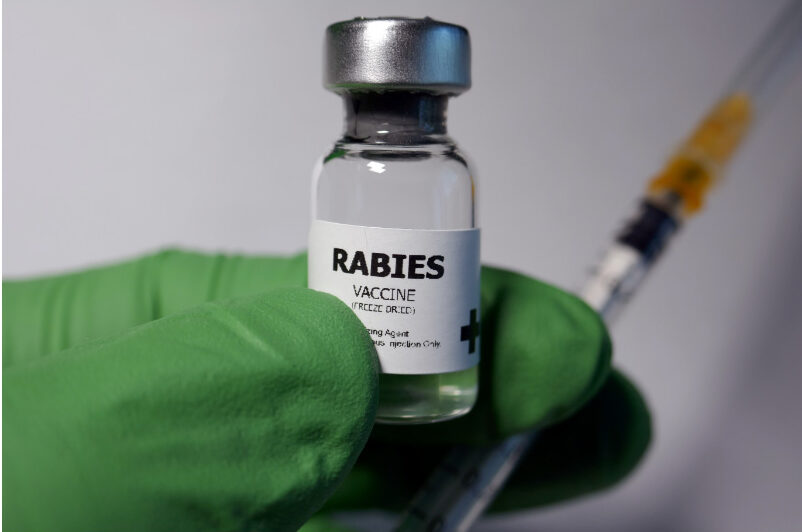
Key takeaways:
- Understanding the differences between dry, wet, and raw dog foods can help tailor your pet’s diet to their unique health needs.
- Food sensitivities and allergies in dogs require attention; identifying these issues through vet consultation and specialized diets is crucial for maintaining your dog’s health.
- Choosing grain-free dog food may benefit some dogs, but it’s important to consider the latest research and consult your vet, especially for large breeds.
Your dog’s mealtime is more than just feeding—it’s a daily opportunity to nourish their health, happiness, and long life. Whether they greet their bowl with excitement or hesitation, every meal you serve plays a role in their well-being. The choices you make impact their energy levels, digestion, and even their coat’s shine. So, how do you ensure your furry friend is getting the best nutrition possible?
Good nutrition is the foundation of a thriving pet. Whether you’re choosing between kibble, wet food, or trying raw diets, understanding the basics helps you make informed choices. PetHealthMD is here as your trusted resource for expert-backed information on pet nutrition so you can confidently nourish your four-legged companion.
Understanding different dog food types
Every dog has different needs, and choosing the right food makes all the difference. Kibble, wet food, and raw diets all serve unique purposes. The key is finding what works best for your pup’s size, age, and health.
What’s the difference between dry, wet, and raw dog food?
Kibble is crunchy, convenient, and great for keeping teeth clean. Wet food, with its rich aroma and high moisture content, is perfect for picky eaters or dogs needing extra hydration. Raw diets, inspired by what dogs eat in nature, give full control over ingredients. Studies show that more than 82% of pet parents opt for kibble because of its ease and long shelf life. Each option has its pros and cons, so it’s important to consider your dog’s specific dietary needs and lifestyle.
How do I match food types to my dog’s breed and life stage?
A growing German Shepherd puppy needs different nutrients than a senior Chihuahua. Small breeds do best with tiny kibble pieces, while large breeds need formulas that support joint health and muscle strength. Active breeds may require higher protein content, while older dogs may need joint-supporting ingredients like glucosamine and chondroitin. If you’re unsure what’s best, check out PetHealthMD’s feeding guide for big and small dogs.
What should I look for on dog food labels?
Start with real meat as the first ingredient. Watch out for vague terms like “meat by-products” or unnamed proteins. High-quality ingredients support digestion and overall health—see PetHealthMD’s digestive health guide for more insights. Look for whole food ingredients such as sweet potatoes, blueberries, and flaxseed, which provide additional nutrients and antioxidants.
Is it safe to mix different dog food types?
Absolutely! Mixing wet and dry food can provide balanced nutrition and extra flavor. Just introduce new foods slowly (over 7–10 days) to avoid upset stomachs. Adjust portions to keep your dog at a healthy weight, and consider omega-3 supplements for an added health boost. Some pet parents even incorporate fresh, vet-approved ingredients like cooked lean meats and steamed vegetables for added variety.
When should I talk to my vet about food choices?
If your dog frequently experiences itching, digestive discomfort, or changes in appetite, they may have a food sensitivity. These symptoms can overlap with other dietary concerns, such as nutrient deficiencies or intolerances, so working with your vet to pinpoint the issue can help ensure your pup gets the best nutrition possible. A vet can help identify allergens and recommend a diet that keeps your pup happy and healthy. If you’re switching diets due to a medical condition or allergies, your vet can guide you on the best transition plan.
Can dogs eat cat food?
No, dogs should not eat cat food regularly. Cat food is formulated with higher protein and fat levels to meet a cat’s nutritional needs, which can be too rich for dogs. Eating cat food occasionally is unlikely to cause harm, but long-term consumption can lead to obesity and digestive issues.
Can puppies eat adult dog food?
Puppies have different nutritional needs compared to adult dogs. The requirements for protein, fat, and certain vitamins are higher for healthy growth. Adult dog food, when fed to puppies, may lead to deficiencies, so always choose food formulated specifically for puppies.
Meeting your dog’s nutritional needs
Just like humans, dogs need the right balance of nutrients to stay strong, energetic, and healthy.
What makes up a complete diet for my dog?

A well-balanced diet includes:
- Protein for muscle growth and strength
- Healthy fats for energy and a shiny coat
- Carbohydrates for stamina
- Essential vitamins and minerals for overall wellness
- Fiber for healthy digestion and gut health
Foods labeled “complete and balanced” meet AAFCO (Association of American Feed Control Officials) guidelines, making sure they contain the necessary nutrients. Along with a nutritious diet, providing fresh water daily is essential for digestion and overall health.
How much food should I feed my dog?
The right portion depends on your dog’s age, weight, and activity level. Check feeding guidelines on the dog food package and adjust based on your dog’s condition. For a detailed feeding chart, check out our full guide.
What is the best dog food?
The best dog food depends on your dog’s breed, age, activity level, and specific health needs. Look for high-quality ingredients, balanced nutrition, and food that aligns with your pet’s dietary requirements.
What foods are toxic to dogs?
Some common toxic foods for dogs include chocolate, grapes, raisins, onions, garlic, avocados, and anything containing xylitol. If you suspect your dog has eaten something harmful, contact your vet immediately.
Addressing allergies and intolerances with dog food
Food sensitivities can make mealtime challenging, but identifying the right diet can bring relief.
What signs suggest my dog has food allergies?
Common signs include frequent itching, upset stomach, chronic ear infections, or changes in appetite. If you notice patterns related to certain ingredients, a food allergy could be the cause.
How does an elimination diet help identify allergies?
An elimination diet removes potential allergens from your dog’s meals for 8–12 weeks, using a single protein and carbohydrate source. Your vet can guide you through the process, gradually reintroducing ingredients to pinpoint specific allergens.
What should I look for in allergy-friendly dog food?
Look for limited-ingredient diets with clearly labeled protein sources like salmon, duck, or lamb. Quality allergy-friendly foods avoid artificial preservatives and common triggers like chicken, beef, or dairy.
Could a raw diet help with my dog’s allergies?
A raw diet eliminates processed additives and gives you full control over ingredients. Before transitioning, consult your vet to ensure balanced nutrition.
Benefits and Considerations of Grain-Free Dog Food
Grain-free diets have become popular, but are they the right choice for your dog?
How do I know if grain-free food suits my dog?
If your dog has frequent digestive upset or suspected grain allergies, switching to grain-free food might help. Keep in mind that not all dogs require a grain-free diet.
What are the benefits of grain-free diets?
Grain-free formulas often provide higher protein content and may be easier on sensitive stomachs. Some pet parents report improved digestion, healthier coats, and fewer allergy symptoms.
Are there risks to grain-free diets?
Recent studies have linked grain-free diets—especially those high in legumes like peas or lentils—to heart issues in some breeds. Large breeds, such as Golden Retrievers and Dobermans, may require extra caution.
Making informed dog food choices for a thriving pet

The choices you make at mealtime affect your dog’s daily energy, long-term health, and happiness. With so many pet food brands using buzzwords like “natural” and “premium,” it’s important to look past marketing and focus on real nutrition. Always read ingredient lists carefully and avoid unnecessary fillers and artificial additives.





